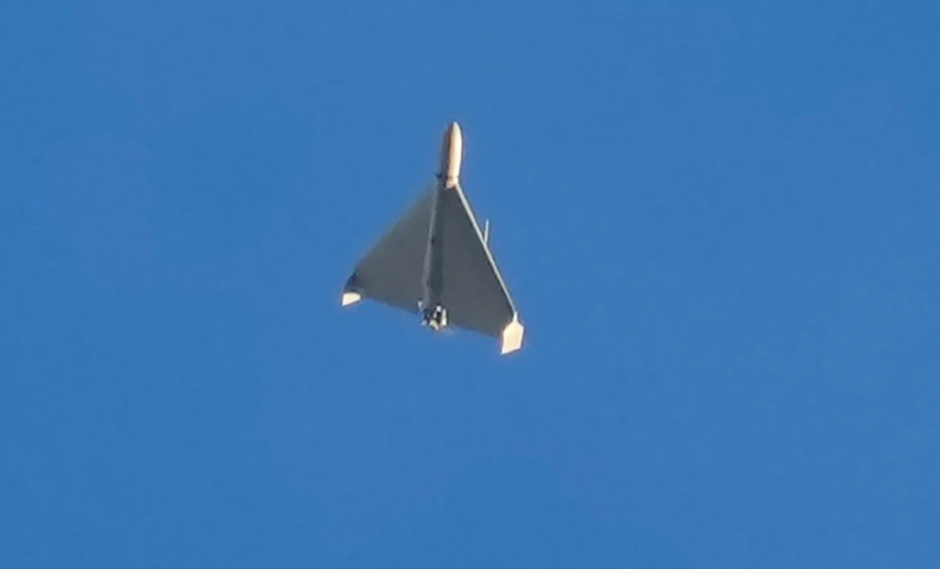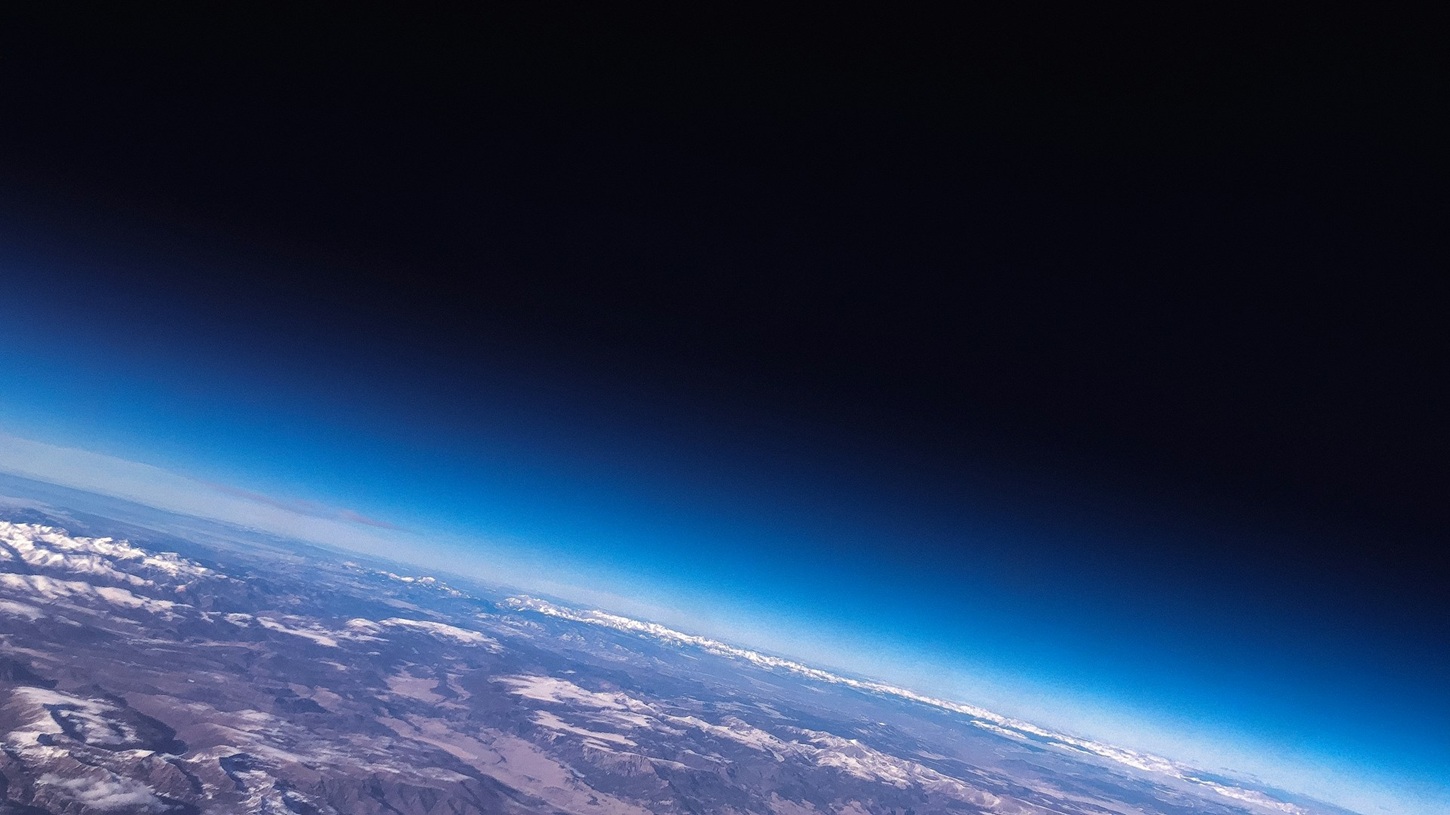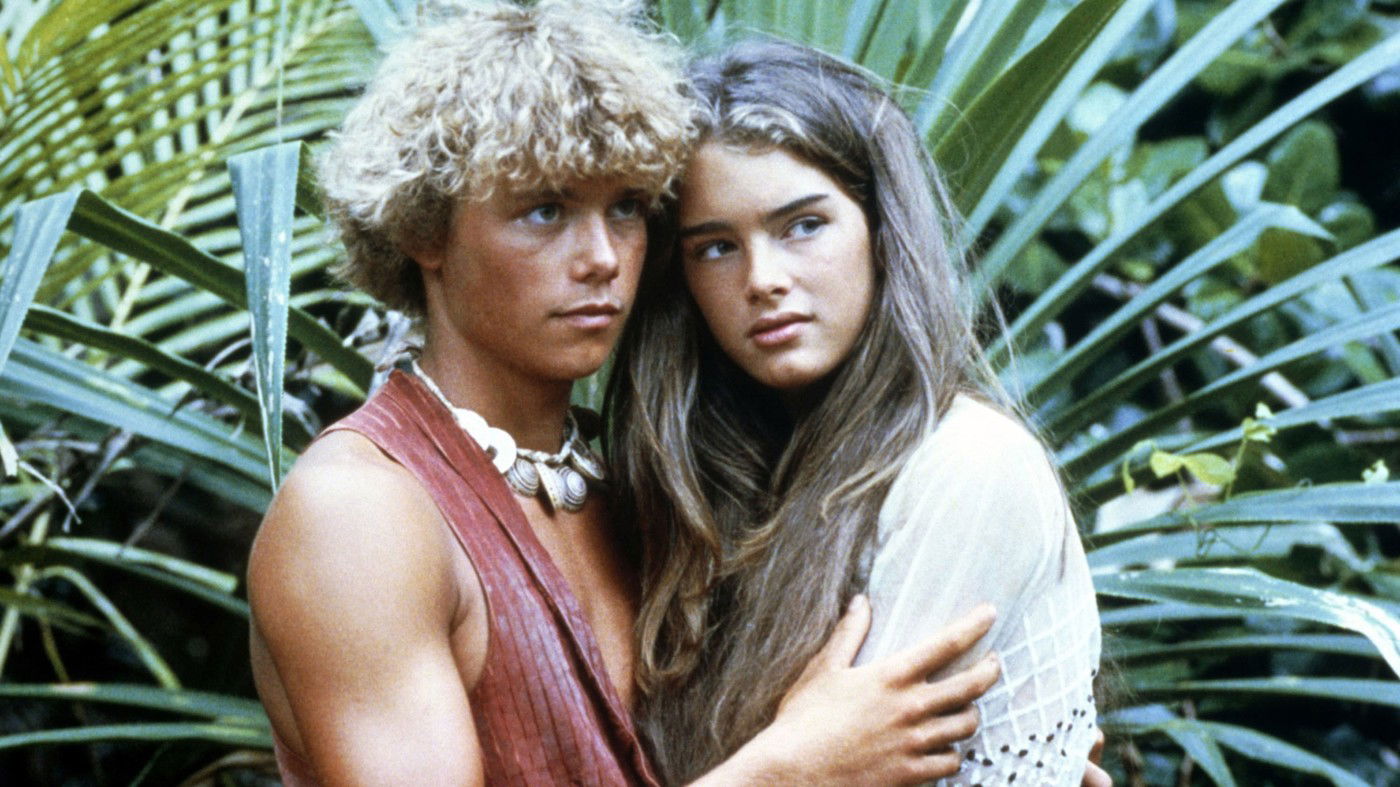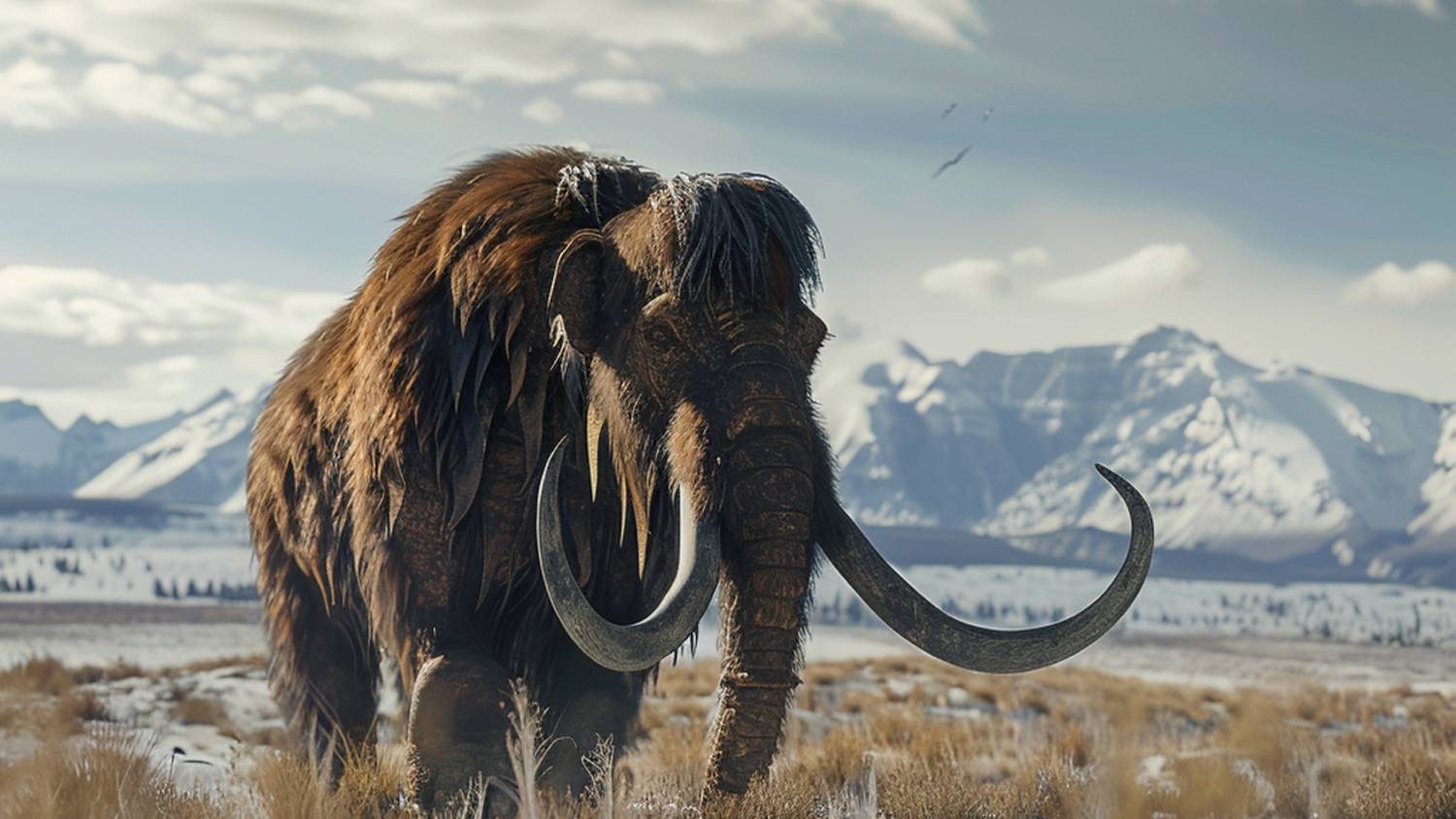Dallas-based Colossal Biosciences has become the world's first anti-extinction biotechnology company to announce that it has successfully reprogrammed pluripotent stem cells (iPSCs) from elephants. This step allows the stem cells to be combined with the genes of the frozen woolly mammoth, creating hybrid eggs that can grow into embryos in an artificial womb. This global advance makes it possible for extinct species to reproduce. Colossal Biosciences aims to successfully bring back the woolly mammoth by 2028.
In today's world, where museums use stuffed animals to remind us of species that once lived, a biotechnology company from Dallas, Colossal Biosciences, is trying to make the impossible possible: through a revolutionary process, they want to bring back to life a species that appeared 400,000 years ago, and then 4,000 years ago. The woolly mammoth became extinct. Their resurrection is not only a triumph of scientific curiosity, but also a warning sign highlighting the danger of human-caused extinctions.
Based on the so-called Red List, 900 species are now completely extinct and 8,000 are critically endangered. Meanwhile, scientific experiments on woolly mammoths give hope that we may be able to reverse this process. The breakthrough announced by Colossal Biosciences, reprogramming pluripotent stem cells from elephants, could make it possible to reproduce other extinct species using the necessary DNA. Marsupials, sea minks, dodos, and giant porpoises are just a few examples of those that have fallen victim to human activity. These species once lived in diverse habitats and played an important role in the ecosystem.
However, the case of the woolly mammoth gives hope that modern science may be able to reverse this process. (Image: Phenomenal Biosciences/SWNS/Nortfoto)
Thylacinus cynocephalus
Thylacinus cynocephalus, also known as the marsupial wolf, was a predator native to Australia and Tasmania. Although these magnificent animals once roamed freely in the wild, human intervention eventually led to their extinction. The last specimen was seen in the wild in 1930, before the last captive specimen died in 1936 at the Hobart Zoo.
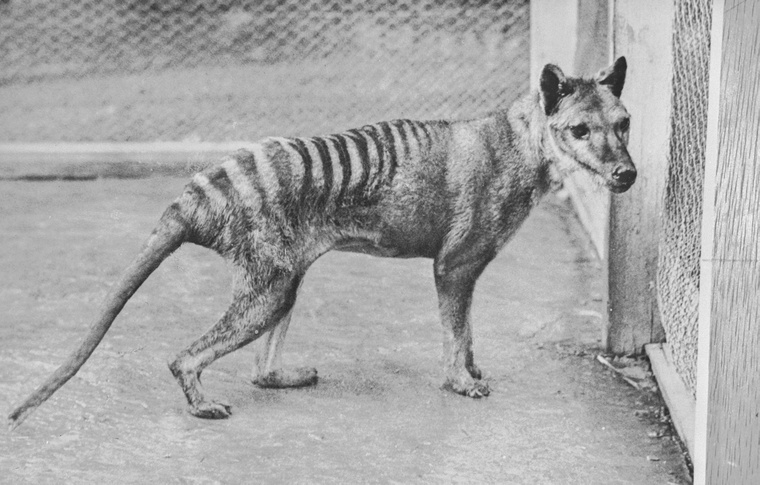
Thylacinus cynocephalus, commonly known as the marsupial, was a predator native to Australia and Tasmania. (Photo: Home Pictures/Getty Images)
Sea mink (Neophyson macrodon)
Neophyson macrodon, or sea mink, lived on the east coast of North America. This predator disappeared due to hunting. In the 19th century, it was hunted for its fur, and although according to some estimates it was last seen in the wild around 1860, in 1894 a specimen was captured in New Brunswick. Unfortunately, this did not save the species from extinction.
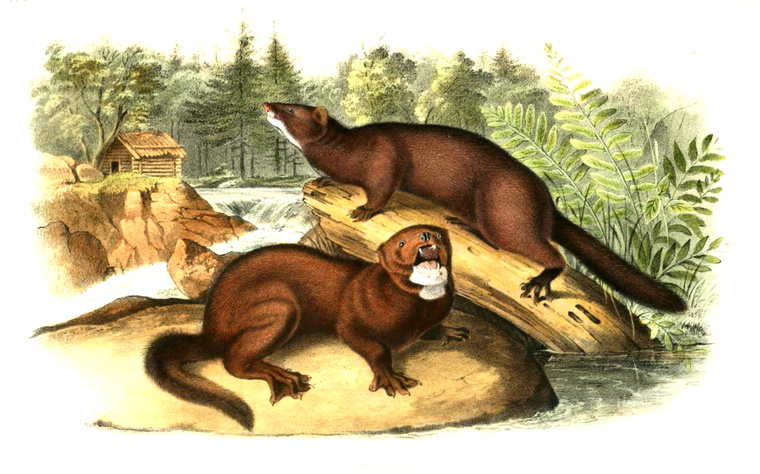
Neophyson macrodon, also known as the sea mink, lived on the east coast of North America. (Photo: BuildAgentur Online/Getty Images)
Dodo (masked frog)
The dodo (Raphus cucullatus), native to the island of Mauritius, is one of our most famous extinct bird species. With the arrival of settlers in the 17th century, these flightless birds became extinct. In addition to their hunting, animals introduced by settlers, such as pigs, dogs, and mice, all contributed to the extinction of the dodo. The last specimens were seen in 1662 on the island of Ile d'Ambre.
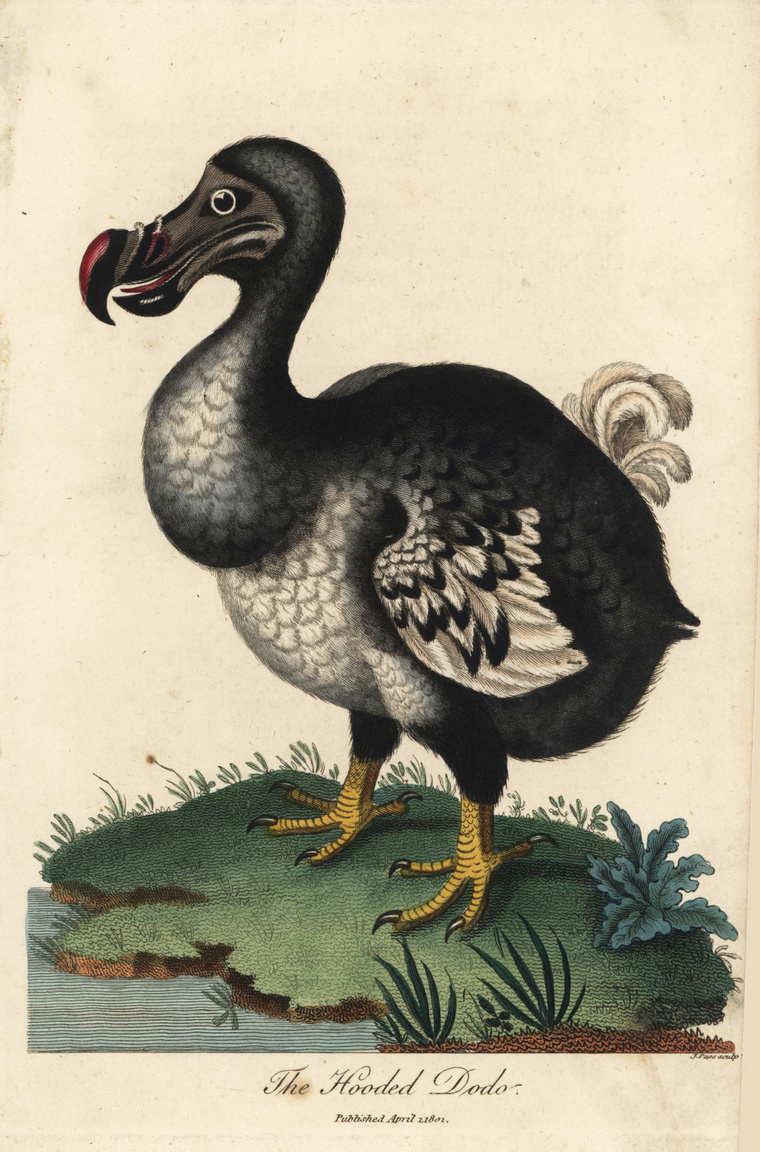
The dodo (Raphus cucullatus), native to the island of Mauritius, is one of our most famous extinct bird species. (Photo: Floriligios/Getty Images)
Giant porpoise (Pinguinus impennis)
The peregrine falcon, also known as the peregrine falcon, was a large flightless bird that lived along the coasts of the North Atlantic Ocean, such as Canada, Greenland, and Ireland. These special birds were hunted for their meat, eggs and feathers, and by the mid-19th century they could only be seen in museum collections. The last living specimen was seen in 1852, before this species disappeared from the face of the Earth forever.
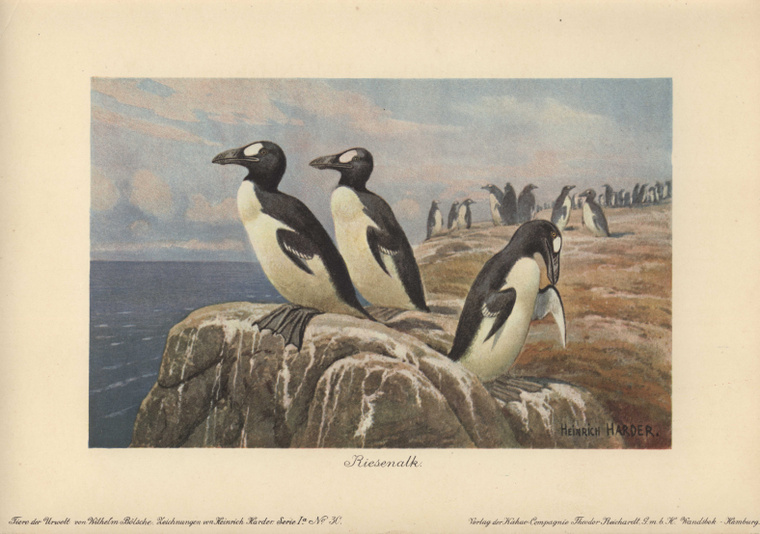
The gannet, also known as the gannet, was a large flightless bird that lived along the coasts of the North Atlantic Ocean, such as Canada, Greenland, and Ireland. (Photo: Floriligios/Getty Images)
We can go on and on about the origin and fate of extinct species, but even without that, we can see how much damage humanity has caused in the past. There is no doubt that the possibility of cloning woolly mammoths would represent a tremendous scientific achievement, but it also raises ethical questions. How do we manage reintroduced species and ensure we do not repeat the mistakes of the past? Colossal Biosciences aims to successfully bring back the mammoths by 2028, which could also teach humanity to respect the animal world more.
(Cover image: Woolly mammoth. Photo: Northfoto)












